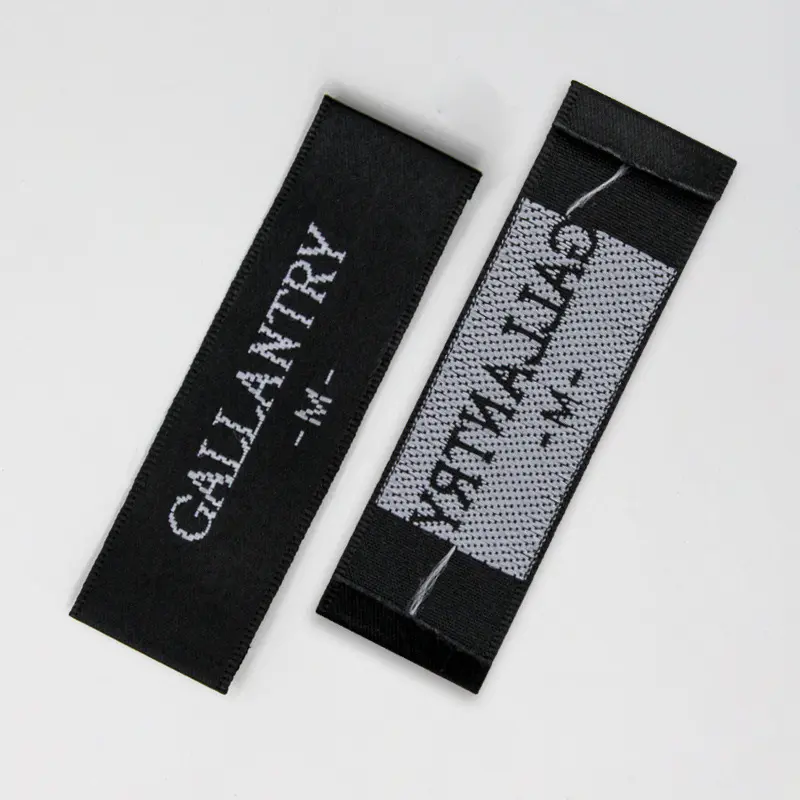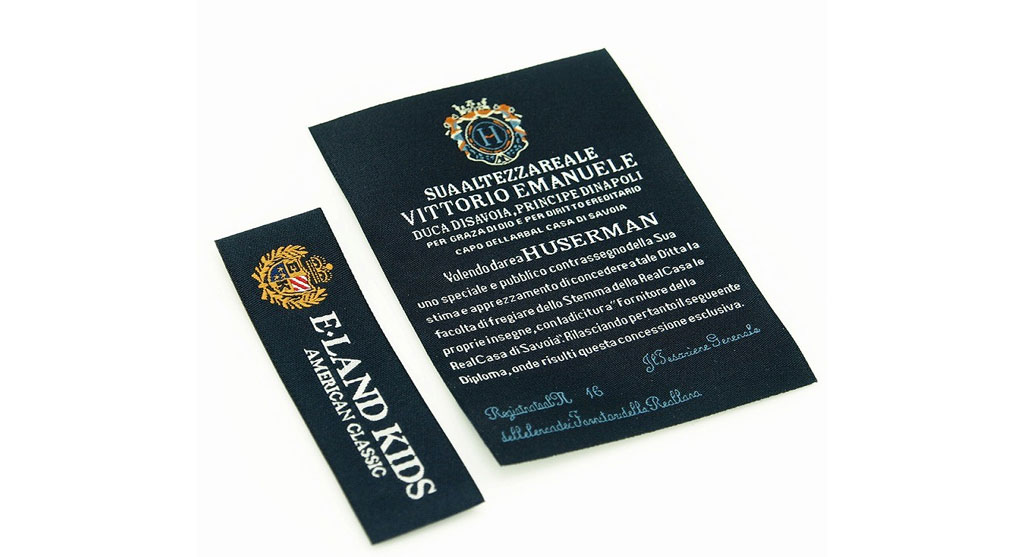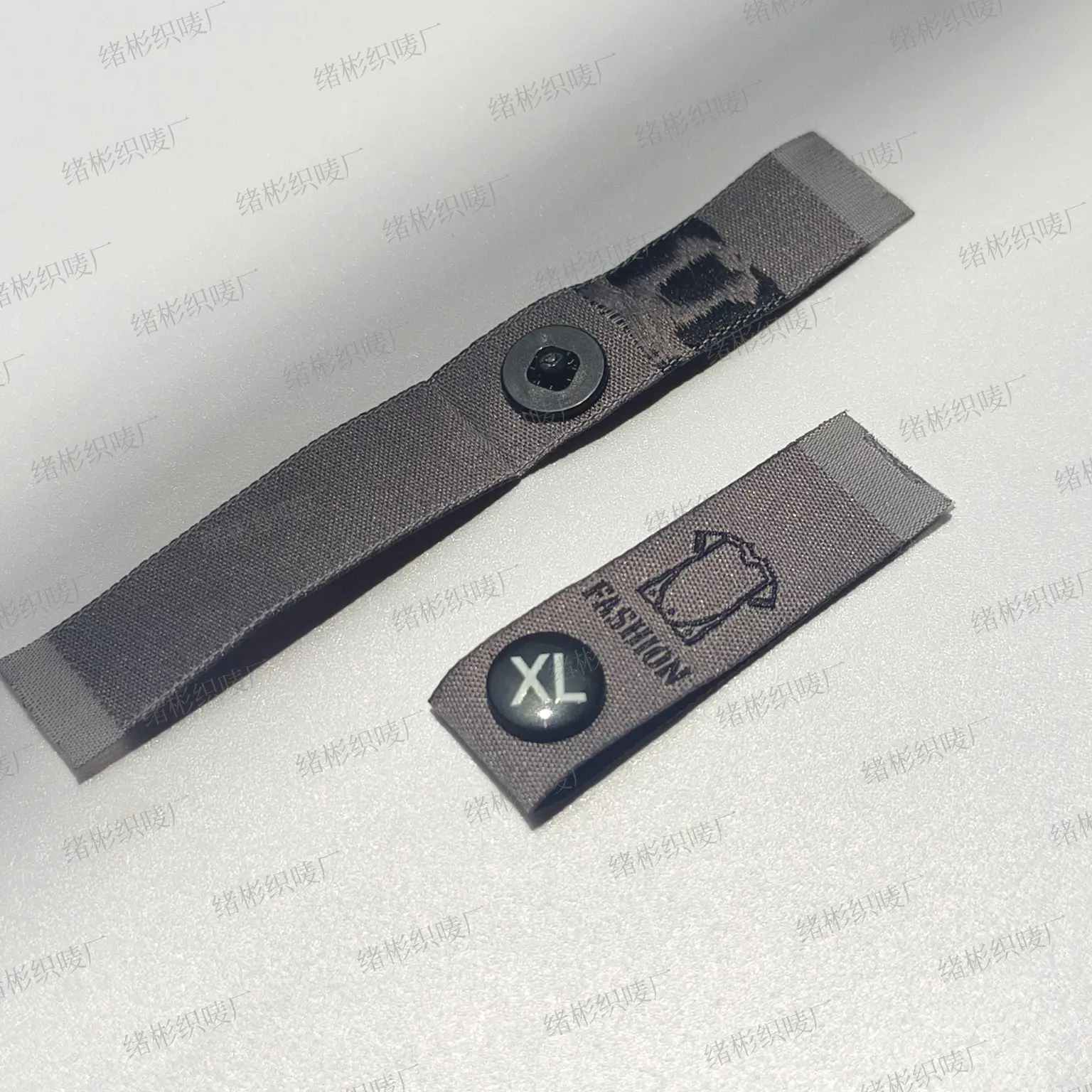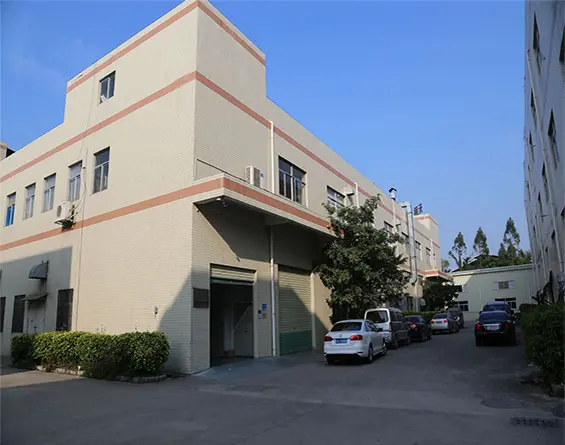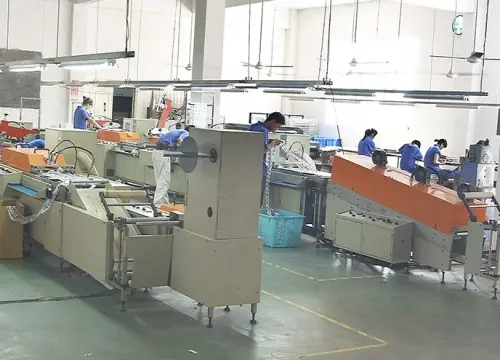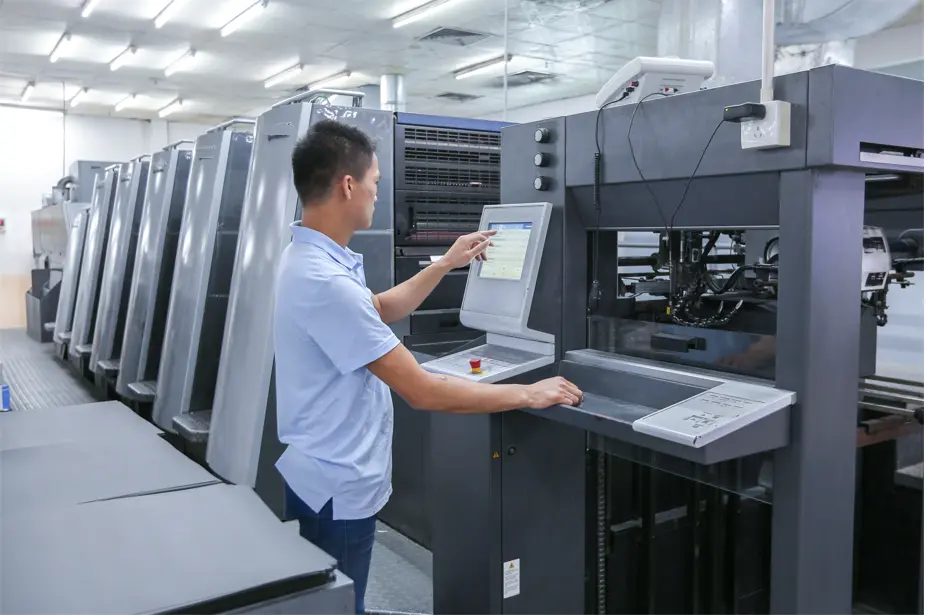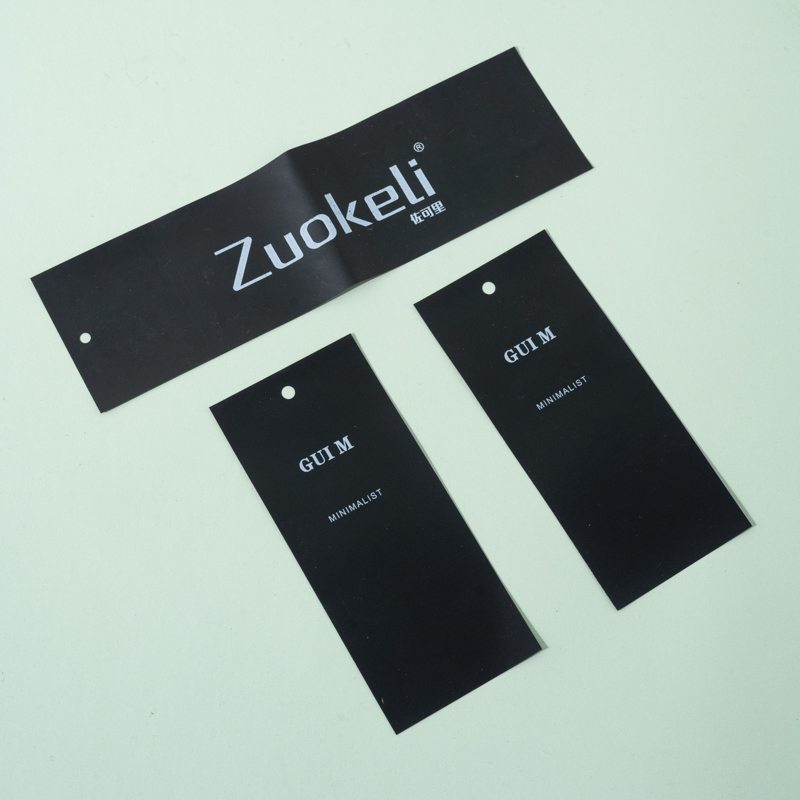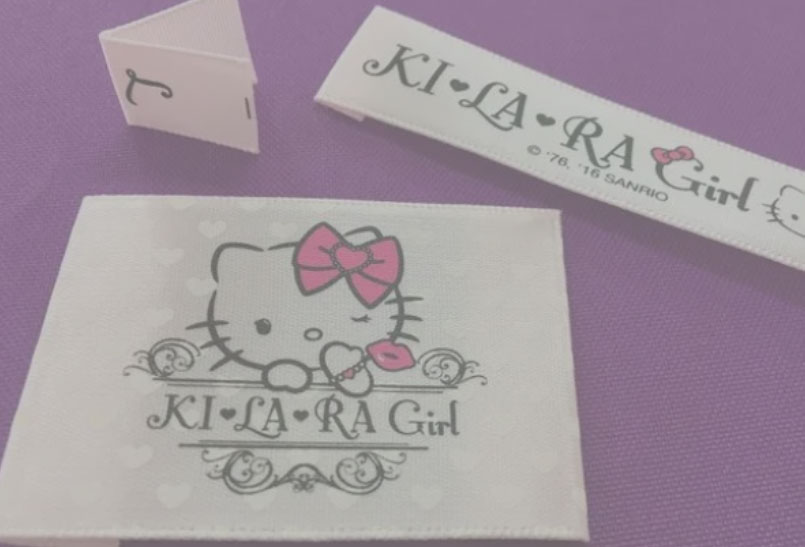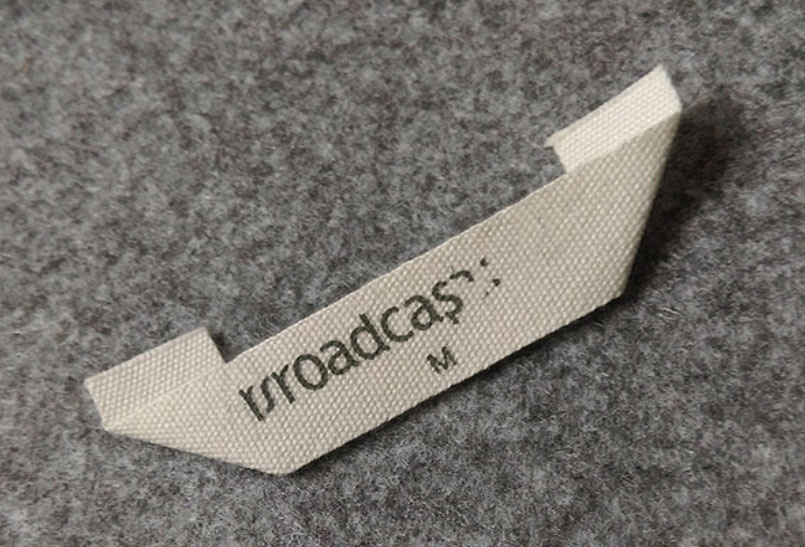Essential Information to Include on Clothing Hang Tags
When it comes to designing clothing hang tags, many customers are unsure of what information should be included. In this article, we'll provide insights from professional clothing hang tag manufacturers on the essential contents that should be on every clothing hang tag.
A complete clothing label shows various information, including washing instructions, size-height charts, and factory codes and models. The product name is an essential element of the label, indicating the type of garment, such as a jacket or pants. Additionally, each item should have a unique item number and an execution standard for different seasons, styles, and types of clothing.
Safety standards are also crucial to include, such as the GB18401-2003 safety index for baby items, direct contact with skin items, and indirect contact with skin products. The clothing's color should be named and may include a color code. The grading system used by the manufacturer should also be included to indicate the quality of the product.
The specifications of the garment should also be listed, and a model can be used to show how the item fits. The factory's production sample board number should be present alongside the clothing's composition, indicating the type of natural and synthetic fibers used.
Other necessary information includes the inspector's work number, the country's barcode, and the internal bar code used by the enterprise. Pricing information should be included after determining the cost of production, and cleaning instructions regarding the recommended washing method, water temperature, and cleaning agent are also essential.
Finally, a size-height chart that suggests the right fit for a particular height, age, and other parameters should be present. For example, adult clothing in China mostly uses national size standards due to differences in body sizes, while children's clothing can use international and national size standards interchangeably.
For more information on clothing hang tags, get in touch with us at China LIJIE via email at ceo@clothinglabelscustom.com.























